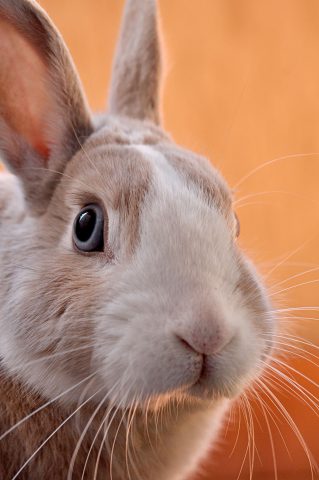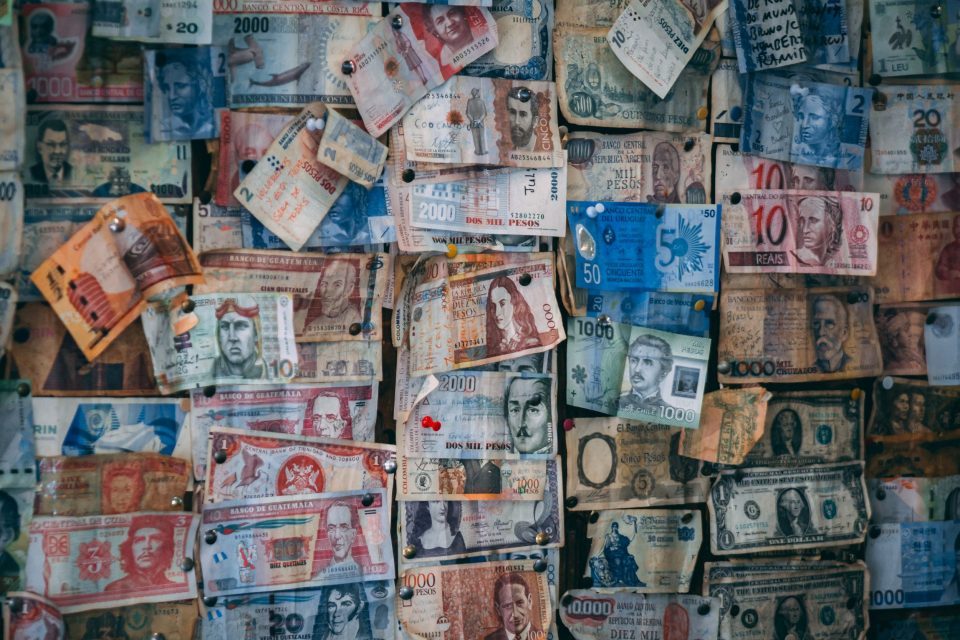Where does the Easter bunny legend come from?

How NFTs are changing artists’ lives
April 6, 2022
The best pen and paper games
April 20, 2022
As children around the world prepare to enjoy a fun egg hunt and some sweet treats courtesy of the Easter bunny, the Business Optimizer team takes a look at the roots of this Easter tradition.
Like many Christian celebrations, the timing of Easter falls around the dates of an early pagan festival. Scholars believe that early Christian missionaries aligned the Christian festivals with the pagan festivals that were already celebrated in order to make the conversion to Christianity easier.
Easter & the Spring Equinox
Easter falls around the Spring Equinox, when pagans celebrated the Goddess Eostre, the goddess of dawn and fertility. The celebration was bound tightly with the sense of renewal and new life that springtime brings.
There are parallels between the Vernal Equinox and the Easter story in the bible – with the resurrection of Jesus and the spreading of the Word also carrying strong themes of renewal and rebirth.
This is likely to be an important reason why the symbolism of the season has come to be dominated by symbols of springtime and new life – such as eggs, chicks, bunnies and hares. The pagan goddess Eostre herself was often represented by a hare or an egg.
Easter traditions across Europe
The celebration of Easter has many different traditions in different parts of the world. Many countries decorate eggs – thought to be a tradition arising from Lent, when eating them was forbidden. People would lavishly decorate the eggs in preparation for the treat of eating the eggs on Easter Sunday, at the end of Lent.
In Germany, records dating back to the seventeenth century refer to the Oschter Haws, or Easter Hare. It was said that, on Easter Sunday, the Oschter Haws would leave colourful eggs for children who were good.
The “mad March hare” is another common symbol of the season. Generally nocturnal and shy in nature, hares change their behaviour in the spring, when they can be seen in broad daylight chasing one another around in fields and the males “boxing” with one another. This dramatic change in behaviour happens because they are in their mating season – hence their strong association with the season of new life and renewal.
Spreading the tradition of the Easter bunny
It’s believed that German immigrants fleeing religious persecution at home brought the tradition of the Oschter Haws with them to the USA in the eighteenth century when they began settling in Pennsylvania.
Children would make nests in which the Easter Hare could leave his eggs. Sometimes they would set out carrots for the Easter Hare to find, in case he got hungry during his egg deliveries.
Over time, this fun Easter tradition spread – with the traditional painted eggs gradually being swapped for sweeter treats.
It was the English chocolatier Joseph Fry who first made the chocolate Easter egg we know today. Building on the work of Dutch inventor Casparus Van Houten, Fry discovered that if he mixed cocoa powder, sugar and melted cocoa butter, he could create a chocolate paste that was mouldable. In 1873 Fry produced the first chocolate Easter egg. British confectionary family Cadburys also started to experiment with moulds and solid chocolates and, in 1875, they produced their company’s first chocolate egg.
Today, the tradition of the Easter bunny and its associated egg hunts and chocolate eggs has spread around the world, bringing the joy of the season to many every Easter Sunday.
Want more seasonal fun?
How about these Easter paper crafts? DIY fun with paper: Easter edition




